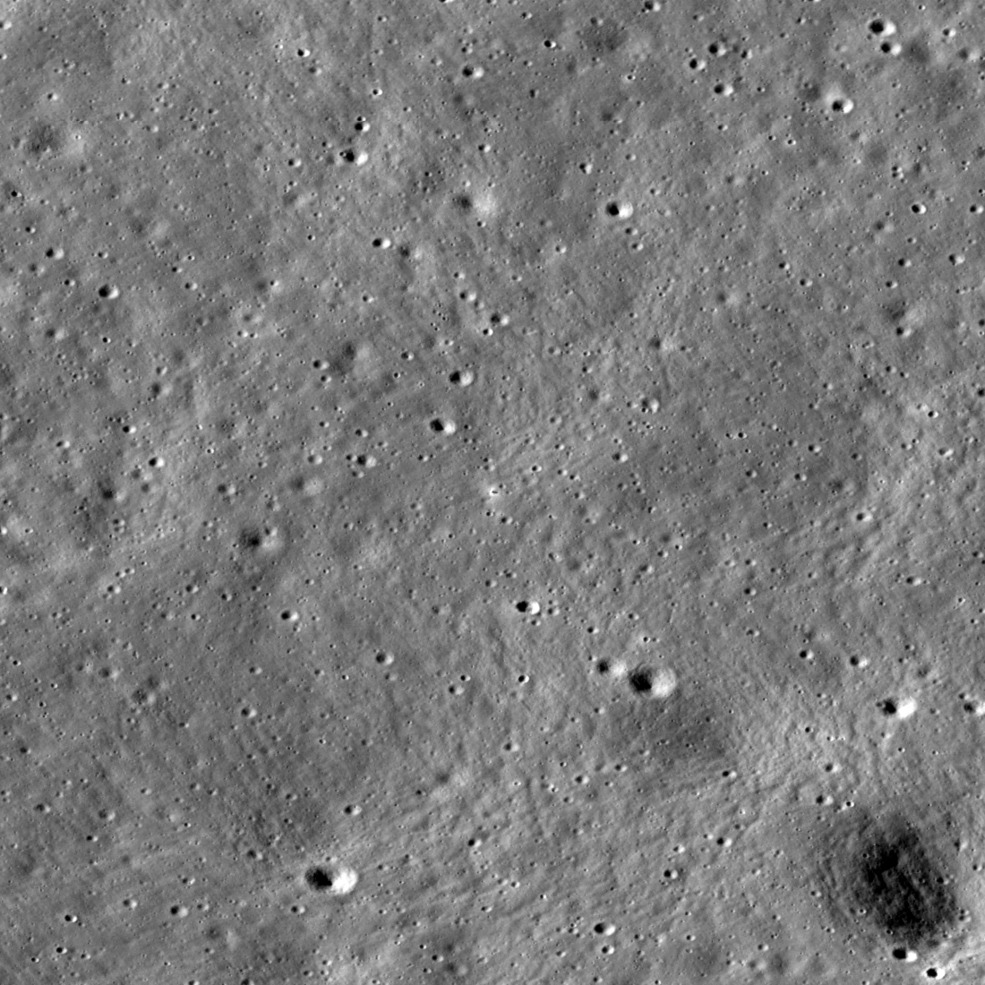News release
From:
An analysis of lunar soil in the Moon’s southern high-latitude regions, performed using data from India’s Chandrayaan-3 mission, suggests the presence of remnants of a former ocean of magma, a paper in Nature reports.
Previous research into the Moon’s geology has primarily relied on samples taken by missions to lunar mid-latitudes, such as the Apollo programme. However, in August 2023, India’s Vikram lander — part of the Chandrayaan-3 mission — successfully made a soft landing near the south pole of the Moon. The Pragyan rover then took 23 measurements at various spots along a 103-metre tract of the lunar surface using its onboard alpha particle X-ray spectrometer, which measured the elemental composition of the Moon’s regolith.
Santosh Vadawale and colleagues analysed Pragyan’s measurements and found a relatively uniform elemental composition in the lunar regolith surrounding the lander, which primarily contained the rock type ferroan anorthosite. They note that the composition measurements of the lunar south pole are intermediate between those of the samples from the Moon’s equatorial region taken by the Apollo 16 and Luna-20 missions. The authors suggest that the similar chemical composition of these geographically distant samples supports the lunar magma ocean hypothesis.
In this hypothesis, as the Moon cooled during its formation, less dense ferroan anorthosite floated to the lunar surface while heavier minerals sank to form the mantle. Vadawale and colleagues suggest that the magnesium minerals that were also detected by Pragyan, which cannot be explained by the lunar magma ocean hypothesis, are likely deeper material excavated by the nearby South Pole–Aitken impact.
The authors conclude that the composition of Vikram’s landing site is consistent with the lunar magma ocean hypothesis, which predicts that the lunar highlands were formed as a result of the floatation of lighter anorthositic rocks.



 International
International



